Sourcing Electronic Spares: A Comprehensive Guide
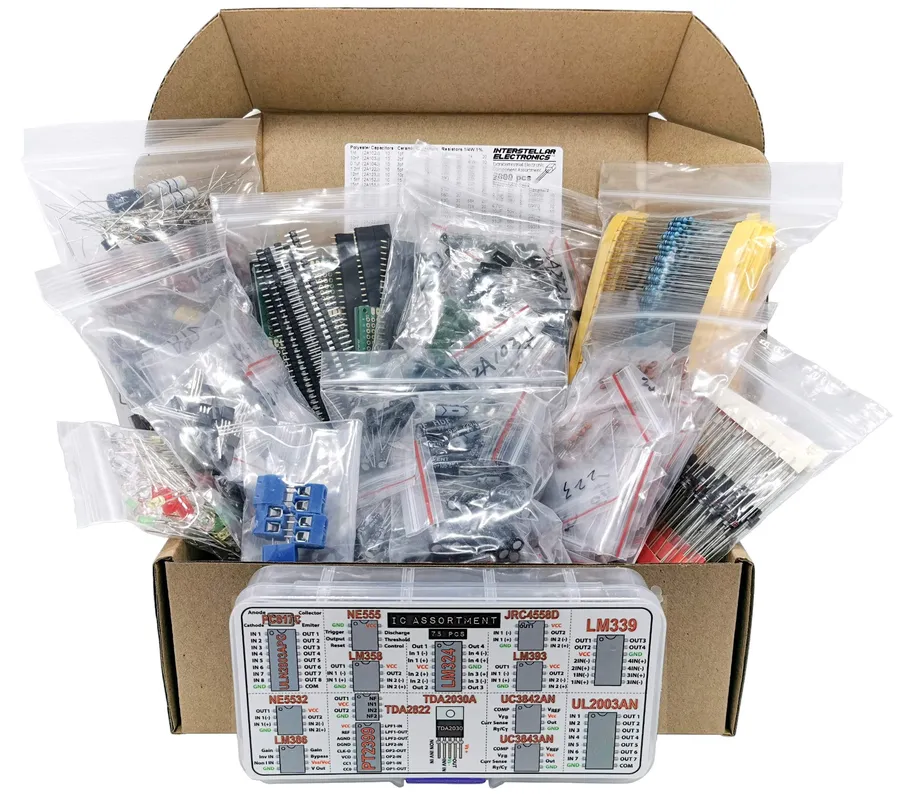
In our increasingly tech-driven world, access to the right electronic spares is essential. Whether you're repairing a vintage radio or designing a cutting-edge circuit board, sourcing reliable components is key. This article guides you through the landscape of electronic spares, from major distributors to specialty outlets, ensuring you have the information you need for any project.
Understanding Your Electronic Spares Needs

Before initiating any search for electronic spares, a precise assessment of your specific requirements is paramount. This initial step is crucial for streamlining the entire sourcing process, ensuring that time and resources are not wasted on irrelevant parts. A clear understanding of the needed components is vital.
Several critical factors should be considered during this assessment:
- Component Type
Are you searching for common components such as resistors, capacitors, inductors, diodes, or integrated circuits (ICs)? Specifying the type of component narrows the search and facilitates accurate sourcing. - Specific Parameters
Once the component type is known, further detail is essential. What are the necessary electrical parameters? This includes resistance values (in ohms), capacitance values (in farads), voltage ratings, current ratings, and operating temperature ranges. Precision in these specifications is needed for proper functionality. - Package Type
How should the component be packaged? This could be surface mount (SMD), through-hole, or specific package types like SOIC, DIP, or QFN. The physical dimensions and form factor play a vital role in component compatibility with your design. - Quantity Required
The amount of spares needed is another important factor. Sourcing requirements can vary drastically between a single project prototype and production runs. Knowing the quantity required helps determine if it’s more economical to buy from larger distributors or smaller specialty shops. - Obsolete or Unique Parts
Are you sourcing older, discontinued, or hard-to-find electronic parts? The sourcing strategy can vary greatly when dealing with obsolete components. In this case, specialized outlets or surplus vendors might be required.
Major Electronic Component Distributors: Mouser, DigiKey, and More

Large electronic component distributors like Mouser, DigiKey, and OnlineComponents.com provide a crucial service for sourcing electronic spares. These distributors offer extensive inventories, comprehensive product specifications, and efficient delivery networks, making them a go-to resource for engineers and hobbyists alike. However, understanding their individual strengths and limitations in pricing, specialization, and availability is essential for making informed purchasing decisions.
| Distributor | Strengths | Weaknesses | Ideal For |
|---|---|---|---|
| Mouser Electronics | Vast inventory; detailed datasheets; strong customer service; global shipping. | Can be pricier for smaller orders; less specialized parts selection compared to some. | Wide range of projects requiring diverse components; larger projects that need consistency and quality. |
| DigiKey | Extensive catalog; fast shipping; excellent parametric search tools; broad range of products. | Higher prices for small quantities; some specialized parts are better sourced elsewhere; lead times may vary. | Engineers needing a huge variety of components with fast turnaround, especially during development. |
| OnlineComponents.com | Large inventory; competitive pricing, particularly for larger orders; easy-to-use website. | Less in-depth datasheets compared to Mouser and DigiKey; customer service is not as widely praised as others. | Projects with larger volume needs where price sensitivity is key and technical documentation is readily available elsewhere. |
Specialty Outlets for Niche Electronic Spares
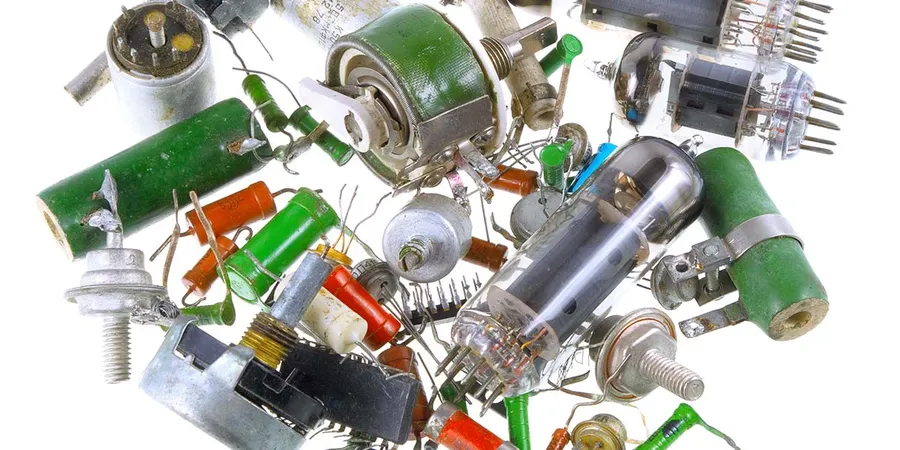
Specialty electronic component outlets serve niche markets, often focusing on specific types of components like audio parts, or hard-to-find and obsolete electronic spares. These outlets provide a focused selection and expertise that may not be available from larger, general distributors.
For instance, a retailer specializing in audio components will likely stock a wide range of specialized audio ICs, capacitors optimized for audio, and connectors typically used in sound equipment. Similarly, a vintage parts supplier will have the means to find and verify rare or obsolete components that are no longer manufactured, and thus, absent from large distributors’ catalogues. This highly focused inventory and expertise can be highly beneficial for specific types of projects.
| Feature | Specialty Outlets | Large Distributors |
|---|---|---|
| Inventory Focus | Specific types of components (e.g., audio, obsolete) | Broad range of components |
| Component Types | May include obsolete, hard-to-find components and specific types of parts. | Typically focus on in-production parts. |
| Expertise | Higher level of specialized knowledge for their niche. | General knowledge across all components. |
| Pricing | Potentially higher for rare or hard-to-find items, competitive for common parts within their focus | Often competitive for standard in-production parts |
| Suitability | Ideal for projects with highly specific needs or requiring obsolete parts. | Better for broad projects with common components. |
Consider using specialty outlets when your project requires obsolete parts, high-performance components from a specific niche, or when you need expert advice about those parts. However, be mindful that these outlets may have higher prices for rare items and may not offer the breadth of selection of the larger distributors.
The Power of Search Engines: Using Octopart to Find Electronic Spares
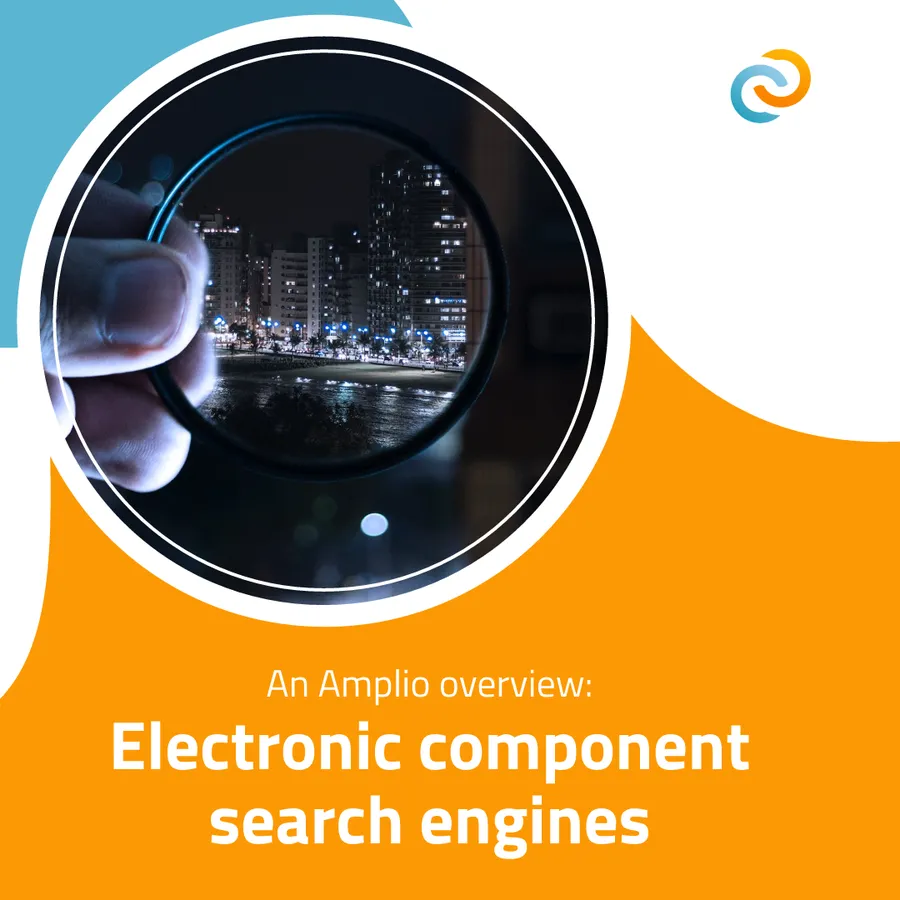
Electronic component search engines like Octopart are invaluable tools for efficiently sourcing electronic spares. These platforms aggregate data from numerous distributors, enabling users to quickly compare prices, availability, and specifications across various vendors. This capability significantly reduces the time and effort required to locate the specific components needed for a project.
Octopart, in particular, functions as a comprehensive search aggregator specifically tailored for electronic parts. It catalogs millions of components from a broad range of distributors, providing real-time data to assist with procurement decisions. By using such search tools effectively, engineers and hobbyists alike can gain insights into the current market landscape, ensuring both cost efficiency and timely project completion.
- Key Features of Octopart:
Provides a unified search interface across multiple component distributors.
Offers real-time price and stock availability from various vendors.
Allows filtering by technical specifications and component characteristics.
Includes parametric search capabilities for precise component selection.
Features a built-in bill-of-materials (BOM) management tool for project organization.
| Feature | Benefits |
|---|---|
| Unified Search | Saves time by searching across multiple distributors simultaneously. |
| Real-Time Data | Ensures accurate pricing and stock levels, reducing procurement delays. |
| Parametric Search | Enables precise component selection based on technical specifications. |
| BOM Tool | Facilitates efficient project organization and component tracking. |
Evaluating Electronic Spares: Quality and Authenticity
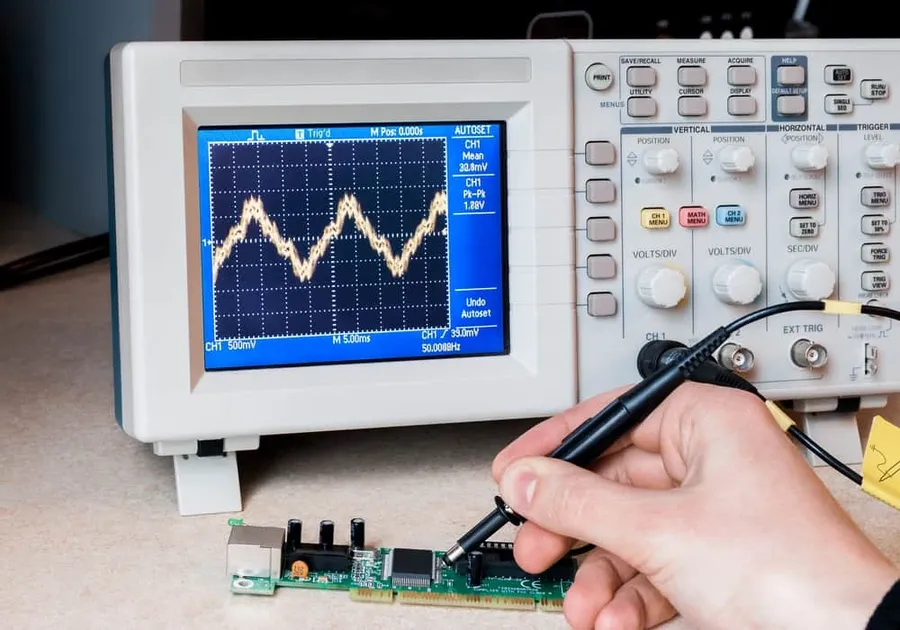
Ensuring the quality and authenticity of electronic spares is paramount, especially when purchasing online, to mitigate the risks of counterfeit components and maintain the reliability of electronic systems. This section outlines vital steps and considerations for evaluating electronic spares before purchase.
The proliferation of counterfeit electronic components poses significant challenges across industries. These substandard parts can lead to system malfunctions, safety hazards, and substantial financial losses. Thorough evaluation is essential to protect against these risks.
- Verify Vendor Credentials
Prioritize reputable distributors and suppliers with established track records, certifications, and positive customer feedback. Investigate the vendor's history, location, and customer testimonials to ascertain legitimacy. - Examine Packaging and Markings
Scrutinize the component packaging for any inconsistencies, misspellings, or signs of tampering. Verify that labels, markings, and lot codes are accurate and match the manufacturer's specifications. - Inspect Physical Attributes
Carefully examine the physical characteristics of the component, noting any irregularities such as discoloration, scratches, or inconsistencies in size, shape, or finish, which may indicate tampering or poor manufacturing standards. - Request Batch and Traceability Information
Request batch numbers and traceability documentation to confirm the components originate from the legitimate manufacturer. This data is crucial for identifying any issues or recalls. - Compare with Manufacturer's Data
Cross-reference part specifications with official datasheets from the manufacturer. Discrepancies in electrical characteristics or other parameters may signal a counterfeit. - Ask Detailed Questions
Before finalizing a purchase, pose specific questions to the supplier regarding origin, manufacturing processes, and testing procedures. A reluctance to provide clear answers should serve as a warning sign.
By integrating these evaluation steps, buyers can dramatically reduce the risks of acquiring substandard or counterfeit electronic spares, thus safeguarding their projects and investments. Always prioritize diligent verification over potential cost savings when acquiring electronic components.
Navigating the World of Obsolete Electronic Spares
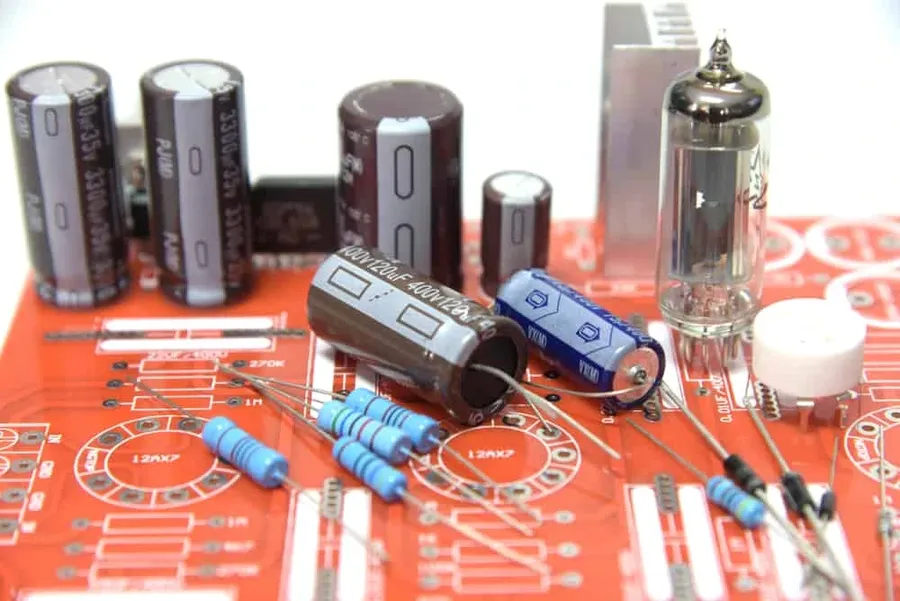
Sourcing obsolete electronic spares presents unique challenges, demanding a strategic approach to mitigate risks and maximize success. The core challenge lies in locating components that are no longer manufactured or readily available through standard distribution channels. This section will guide you through the nuances of finding these hard-to-find parts.
The pursuit of obsolete electronic spares is often driven by the need to maintain legacy systems, repair vintage equipment, or fulfill the requirements of specialized applications. The decision to use these parts requires careful consideration of benefits and risks.
- Benefits of Sourcing Obsolete Spares
Prolongs the life of existing systems, avoids costly redesigns, and maintains the integrity of specific applications that rely on these components. It also allows for the continued operation of equipment where a direct replacement is not available. - Risks Associated with Obsolete Parts
These include the potential for counterfeit parts, increased cost due to scarcity, unknown storage conditions that may have degraded the components, and the possibility of shorter remaining lifespan. Therefore, due diligence is paramount.
Several avenues exist for sourcing obsolete electronic spares. Each presents unique advantages and disadvantages.
| Sourcing Channel | Description | Advantages | Disadvantages |
|---|---|---|---|
| Specialty Brokers | Companies specializing in sourcing obsolete parts. | Access to vast networks, parts verification services. | Higher prices, may still have limited stock. |
| Surplus Resellers | Companies selling excess inventory from manufacturers and other users. | Potentially lower prices, wider variety of stock. | Parts may have unknown history, quality may vary. |
| Online Marketplaces | Platforms hosting a mix of sellers, including individuals. | Potentially very low prices, broad range of items. | Risk of counterfeits, quality not guaranteed. |
| Original Equipment Manufacturers (OEMs) | Directly contacting OEMs for spare parts. | Quality and authenticity are assured, technical support may be available. | Parts may be very expensive if they are available at all. |
| Component Salvaging | Extracting components from decommissioned equipment. | Potentially low cost, source of hard-to-find items | Quality and reliability are not guaranteed, components may have limited useful life. |
When engaging in the sourcing of obsolete parts, verify the source, request traceability information, consider third-party testing, and maintain records of all transactions. Careful due diligence will help to mitigate the risks associated with procuring these hard-to-find components.
Pricing, Shipping, and Delivery Considerations for Electronic Spares
When sourcing electronic spares, pricing, shipping, and delivery are critical factors that significantly impact project costs and timelines. A thorough evaluation of these elements is crucial to optimizing both your budget and schedule, requiring careful comparison of vendor offerings.
| Factor | Description | Considerations |
|---|---|---|
| Pricing Models | Varied pricing structures across vendors, influenced by factors like volume, component type, and market conditions. | Compare unit prices, bulk discounts, minimum order quantities, and potential price fluctuations. |
| Shipping Costs | Charges vary based on shipping method, distance, package weight and dimensions, and insurance costs. | Evaluate shipping options from different vendors and their impact on total cost, and consider combining orders to optimize costs. |
| Delivery Time | Delivery schedules can range from same-day to weeks or even months, depending on vendor location, shipping method, component availability, and supply chain factors. | Prioritize time-sensitive projects by assessing lead times and selecting appropriate shipping methods and vendors that can deliver within project timelines. Consider vendor location with respect to your facility. Also factor in transit time variability. |
| Minimum Order Quantities (MOQs) | Some vendors impose minimum quantity requirements for specific components. | Confirm MOQs align with project needs to minimize unnecessary expense and inventory. |
| Payment Terms | Payment conditions and methods can vary across vendors and impact cashflow, requiring consideration of credit terms, prepayment requirements, and acceptable methods. | Ensure payment terms align with financial capabilities, and look for vendors that offer flexible payment options. |
Frequently Asked Questions about Electronic Spares
This section addresses common questions regarding electronic spares, offering practical advice and insights to enhance your component sourcing and project success. We aim to clarify key considerations, from component lifespans to crucial pre-purchase checks.
- Do electronic components have an expiration date?
While not all electronic components have a strict expiration date like consumables, their performance can degrade over time due to factors like humidity, temperature, and exposure to air. Electrolytic capacitors, for example, are known to have a limited shelf life due to electrolyte dry-out, while integrated circuits are generally more stable. Always check manufacturer specifications and store components properly to prolong their usability. - What information should I check before purchasing electronic spares?
Before purchasing any electronic component, you should verify the manufacturer's part number, datasheet specifications, date code (if applicable), and packaging information. Confirm that the voltage, current, power, and other electrical parameters match your design requirements. Ensure the component's leads, packages and pinouts align with your application, and check for any environmental compliance requirements, like RoHS or REACH. When buying from third-party sellers, check their ratings and comments and ensure the parts are genuine. - Where can I source obsolete or hard-to-find electronic spares?
Sourcing obsolete components can be challenging. Consider starting with specialized distributors that deal with end-of-life or hard-to-find parts. Online marketplaces and auction sites can sometimes list used components, but you must be extremely diligent about authenticity. Consulting manufacturer databases or reaching out to component brokers that handle such parts may also be beneficial. Consider if a component replacement or alternative will suffice, sometimes, it's just not possible to find that older part. - How can I verify the authenticity of electronic spares?
Verifying the authenticity of electronic spares is crucial, especially when purchasing online or from unverified sources. Check the manufacturer's logo, part markings, and packaging against manufacturer specifications. Request lot traceability and documentation from the seller. High-resolution photographs from multiple angles can be helpful when compared to known genuine components. If possible, test electrical parameters upon receipt to ensure they meet datasheet specifications. If the price seems too good to be true, it may very well be, a red flag of a counterfeit. - What is the best way to store electronic spares?
Proper storage is crucial for maintaining the integrity of electronic spares. Store components in a dry, cool environment away from direct sunlight and excessive humidity. Anti-static bags are ideal for sensitive parts, preventing electrostatic discharge. Use component storage boxes to keep them organized, and ideally, label them with part numbers, date codes, and other relevant information. Regularly rotate stock to ensure older components are used first. - Can I return electronic spares if they don't meet my requirements?
Return policies vary significantly between vendors. Major distributors typically have return policies, but they might have restocking fees or limited return timeframes. Verify the seller's return policy before purchasing any electronic spares. Make sure that, if you return parts, that the correct anti-static and safe packaging is used to prevent damaging parts. Inspect all parts carefully as soon as you receive them. If it's found that parts are incorrect, or not working, then contact the seller immediately. - Are there alternatives for sourcing expensive or unavailable electronic spares?
In many cases, an exact replacement for an expensive or unavailable electronic spare might not be needed. Consider exploring functionally equivalent parts that offer similar performance characteristics. Cross-referencing tools, like online parametric search engines, can help identify alternative parts that meet your design criteria. Also, review if the schematic or design can be adjusted to accommodate different components. Evaluate the cost-benefit of the alternative part, taking into account performance and reliability requirements.
Best Practices for Electronic Spares Inventory Management
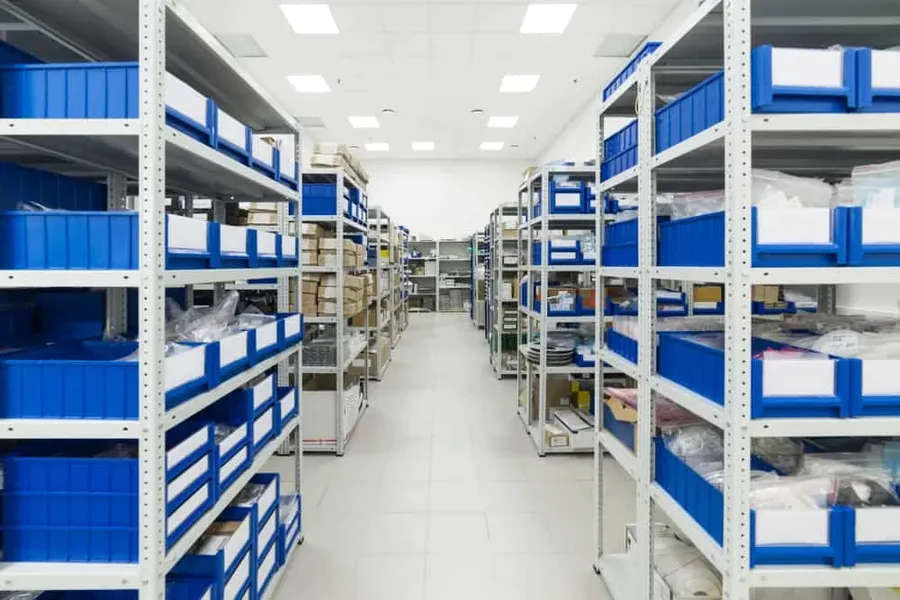
Effective inventory management of electronic spares is crucial for both personal projects and business operations, ensuring timely access to necessary components while minimizing waste and unnecessary costs. This involves strategic planning, organization, and periodic reviews to optimize your inventory.
- Establish a Structured Cataloging System
Implement a detailed cataloging system that includes crucial information such as part numbers, specifications, quantities, date of purchase, and location within your storage. Use a digital system like a spreadsheet or database for easy searching and updates. Ensure that each component is labeled clearly and stored according to type (e.g., resistors, capacitors, ICs) to reduce search times and handling damage. - Implement First-In, First-Out (FIFO) Method
The FIFO method ensures that older components are used before newer ones, minimizing the risk of using obsolete parts or components that may have degraded over time. Clearly mark the arrival date on component packaging or containers and use the oldest stock first. Rotate stock when new inventory is added to ensure the principle is upheld. - Regularly Review and Optimize Inventory Levels
Conduct periodic reviews (e.g., quarterly or semi-annually) to identify slow-moving or obsolete parts. Analyze usage patterns and adjust inventory levels accordingly to avoid excess stock and wastage. Use forecasting methods based on project demand or past usage to optimize inventory levels and avoid overstocking. - Organize Storage Space Efficiently
Utilize appropriate storage solutions, such as anti-static bins, drawers, and shelves, to organize components by type and size. Label each container clearly and maintain a clean, dry, and temperature-controlled environment to ensure components are stored properly. Segregate sensitive components such as static-sensitive devices from other parts. - Create a System for Handling Obsolete Parts
Develop a clear procedure for managing obsolete components. This might include a disposal process or a separate storage area for such components. Consider whether obsolete components can be repurposed, sold, or donated if applicable. Track the disposal of components as per regulatory guidelines. - Use Inventory Management Software
Consider using inventory management software to track components, manage stock levels, and generate reports. Such systems can automate tasks, reduce errors, and provide valuable insights into inventory usage patterns and costs. Choose a system that is suited to the size and complexity of your inventory. - Document and Share Inventory Information
Maintain accurate documentation of your inventory, including parts lists, locations, and quantities. Share this information with relevant team members to ensure that everyone is aware of the available resources. Ensure that regular updates are made to the shared information.
Sourcing electronic spares effectively requires understanding the diverse landscape of distributors, specialty shops, and online resources. Whether you are a hobbyist or a professional, knowing how to navigate these channels and evaluating components will ensure your project’s success. Remember, from common electronic components to vintage electronic spares, a well-planned approach makes all the difference.
 AnyPCBA
AnyPCBA